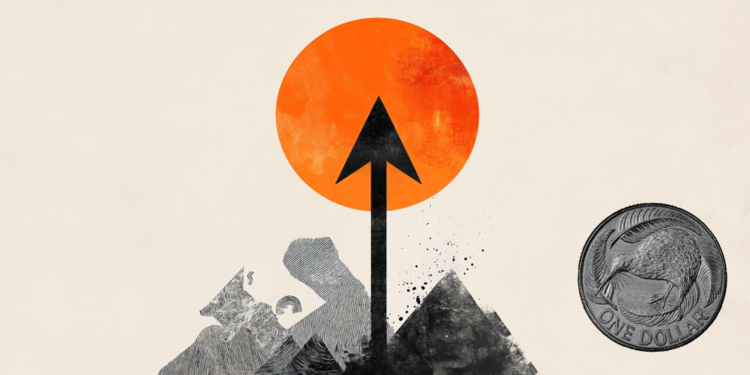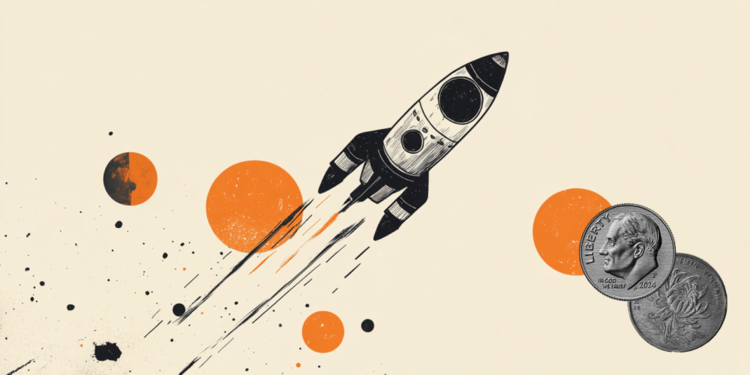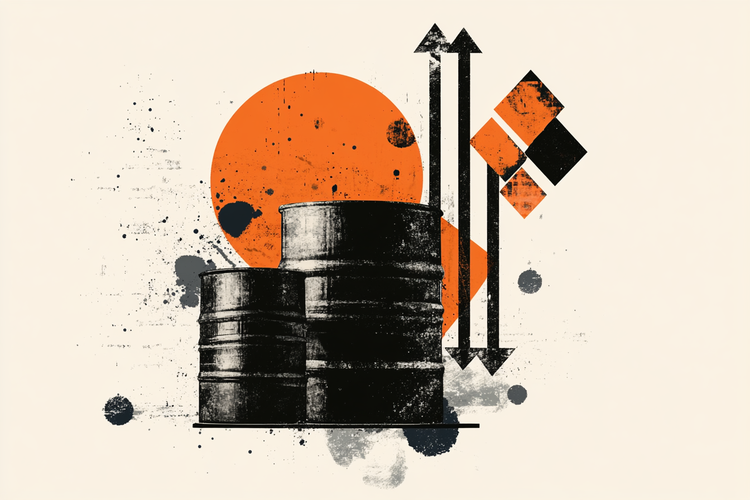Each generation, if she is lucky, crosses a sporting champion in the intertwining of the plot of his years that somehow represents it. Which expresses the best of which that generation is capable, which knows how to be transversal in the way you are when everyone – but everyone – find a spark in the sample that they did not know they had.
This is the era by Jannik Sinner, the first Italian tennis player to triumph in Wimbledon. His victory in the tennis temple inevitably marks – at least to date – the highest point of his path. It is a horizon that opens, it is a caress to those who believed in him. There are many Italians today who see in Sinner the symbol of a virtuous sportthe young man who has been able to combine discipline and lightness, ferocity and disenchantment. At the time of glory, Sinner recalled how the spring took place within him after a very bitter defeat, that of Roland Garrosmatured against the same opponent who instead, a few hours ago in Wimbledon, had to bow to Italian: Carlos Alcaraz. In the pain and acceptance of it, in the ambition and strength of Rialzassi: Sinner began to win there.
There have been many Italian champions, with their victories and with their laying towards sport, able to definitively intercept a common feeling. That perhaps he was already in the air and waited for someone to catch him. Just as Sinner is the tip of the iceberg of an extraordinary flowering movement – Let’s think of Sonego and Musetti, Cobolli and Berrettini – Yesterday the same role played it Adriano Panatta. In the mid -70s, the famous blue team led by Panatta who won the Davis Cup (1976) contributed to transforming tennis from discipline of elite to popular sport. It is happening even today, to know it, just take a look at the numbers and new inscriptions of the tennis circles scattered in our country.
A similar phenomenon happened with Valentino Rossiwhich now almost thirty years ago made millions of Italians and millions of Italians rise. In that case, the roar of the engine accelerated towards the future. The same happened with Alberto Tomba In the 80s. The Bolognese skier – as and more than its fathers of the blue avalanche, the various Thoeni and Gros who had competed in the 70s – calamitted the interest of the Italians. He did it, he like Valentino, with an approach only to the apparently light. In reality there was, for Tomb and Rossi, a profound job. They were, both united by a story of choices, renunciations, goals.
This is what in the end affects the imagination: the light that each sample brings in the dowry. Fausto Coppi and Gino Bartali were, in post -war Italy, two men of values, as well as value; Just as they have been ahead Pietro Mennea and Sara Simeoni. The big Gigi Rivaas happened after only a Roberto Baggioit was everyone without ever belonging to anyone. They are champions who with the fans have created a strong, almost personal and binding bond. This is their strength, today as yesterday. For this reason, at a time when national sport, and of course we mean football, gives the Italians very thin satisfactions (euphemism), here is that Jannik Sinner becomes a champion who – among his many merits inside and off the pitch – stands out to know how to contain multitudes. Today the true national team of Italy is Sinner.
Source: Vanity Fair
I’m Susan Karen, a professional writer and editor at World Stock Market. I specialize in Entertainment news, writing stories that keep readers informed on all the latest developments in the industry. With over five years of experience in creating engaging content and copywriting for various media outlets, I have grown to become an invaluable asset to any team.







